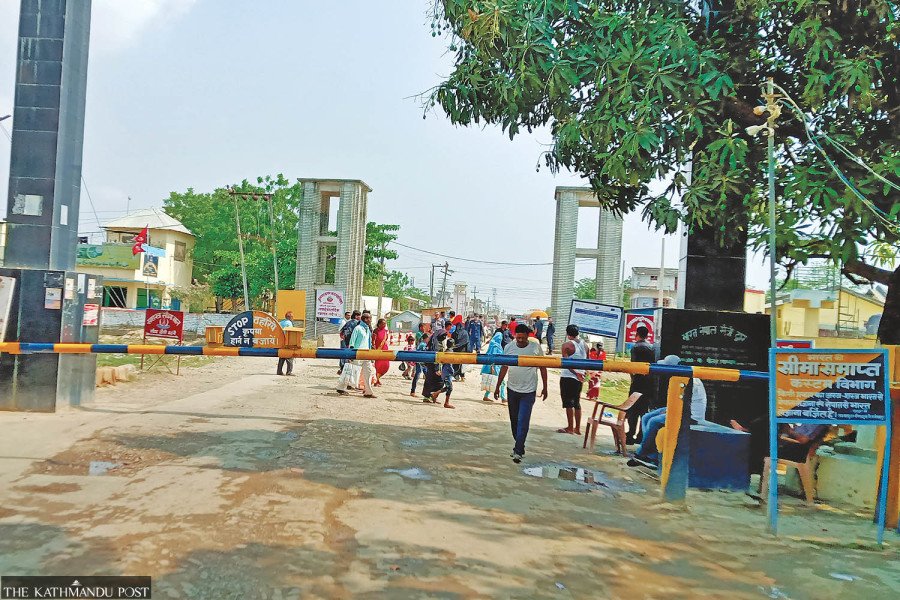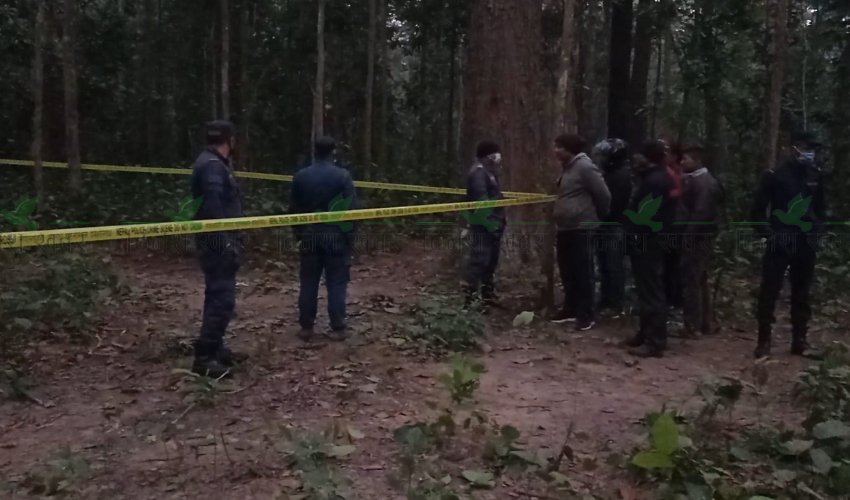Seven Nepali Women Rescued from Human Traffickers Near Panitanki Market
On August 3, 2025, Indian border security forces carried out a joint operation. They rescued seven Nepali women, including a minor, near Panitanki Market. This location is only 150 meters from the Nepal-India border. Traffickers lured these women with false promises of high-paying jobs in Hong Kong. The women, aged 16 to 21, came from Nepal’s Sankhuwasabha district. This deception led to their involvement in a trafficking and drug smuggling operation.
Traffickers Used Forged Indian Identity Documents
Investigations revealed that the traffickers used forged Indian identity documents, including Aadhaar cards, PAN cards, and passports, to facilitate illegal cross-border movement. The traffickers charged each victim approximately Rs 3 lakh for the fake documents and trafficking arrangements.
Arrest of Two Key Trafficking and Drug Smuggling Suspects
Authorities apprehended two men during the operation. They identified Japan Gurung, 61, a Nepali national, as the mastermind who coordinated logistics and collected money for the trafficking ring.
Authorities accused Dipesh Gurung, a taxi driver from Darjeeling, India, of transporting the victims to Siliguri, where he helped create forged documents.
The rescued women were medically examined and placed under protective custody. The accused are facing charges under the Immoral Trafficking (Prevention) Act.
Notorious Drug Smuggler Arrested Near Raxaul Border
On August 1, 2025, Nepal Police arrested Saida Khatoon, a woman smuggler wanted by Indian authorities with a Rs 15,000 bounty, near the Raxaul border crossing. Authorities allege that Khatoon operated a narcotics smuggling syndicate that transported opioids from Bihar, India, into Nepal and Delhi
Intensified Police Crackdown on Trafficking and Drug Smuggling Networks
These arrests show growing cooperation between Nepalese and Indian police. Both countries are working together to stop human trafficking and drug smuggling. The Nepal-India border is often used by criminals because it is open and easy to cross. Joint efforts aim to make the border safer and protect vulnerable people. As a result, enhanced intelligence sharing and border monitoring are key components in these operations.
Conclusion: Strengthening Regional Security and Protecting Vulnerable Communities
Going forward, sustained efforts will be essential to address the root causes of trafficking and drug smuggling, including poverty, lack of awareness, and demand for illegal substances. Moreover public education campaigns, stronger legal frameworks, and community engagement will play vital roles alongside enforcement actions.
Ultimately, a safer border region benefits both nations, fostering peace, security, and better opportunities for all citizens.


